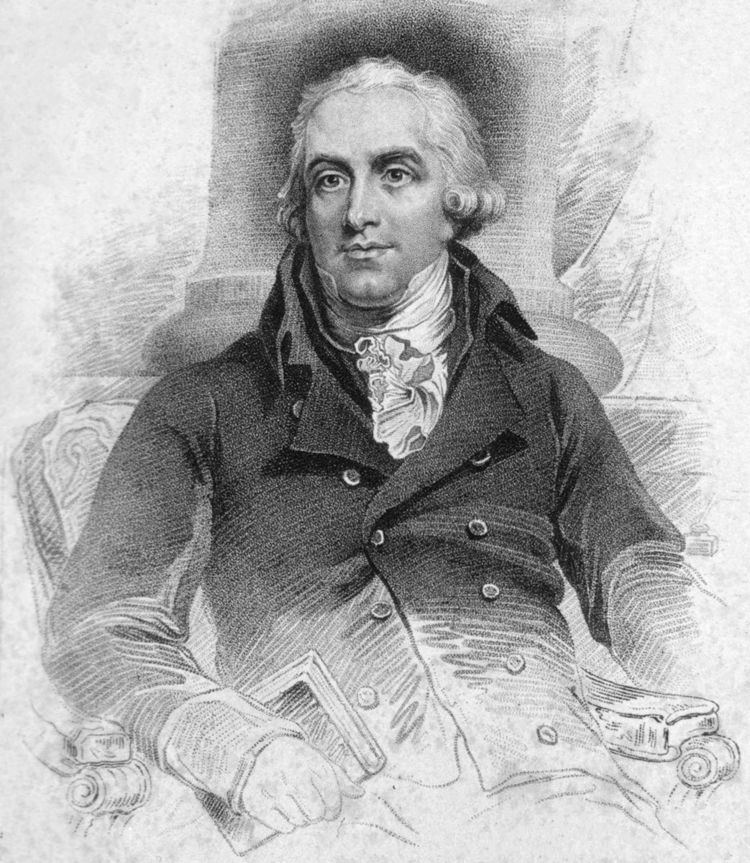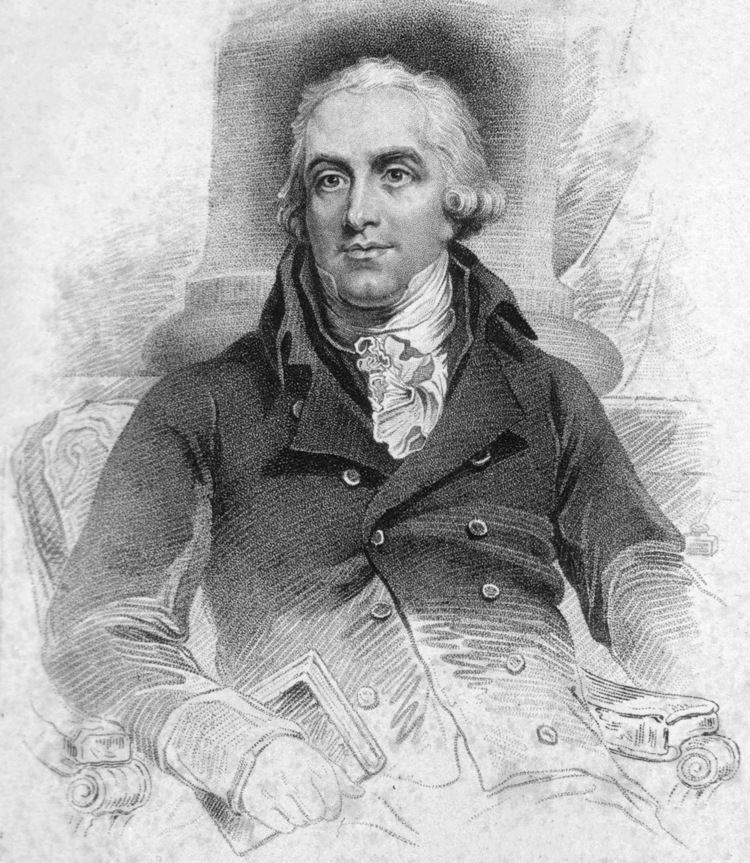Died 1805 | Role Physician Name William Buchan | |
 | ||
Books Domestic medicine, or, A treatise on the prevention and cure of diseases by regimen and simple medicines | ||
Education University of Edinburgh | ||
William Buchan (1729 – 25 February 1805) was a Scottish physician and author. He is best known for his work Domestic Medicine: or, a Treatise on the Prevention and Cure of Diseases by Regimen and Simple Medicines, which provided laypeople with detailed descriptions of the causes and prevention of diseases. Buchan’s goal was one of "laying medicine more open to mankind." With over 80,000 copies and 19 editions sold in Buchan’s lifetime, it was one of the most popular medical texts in Europe, and was translated into almost every major European language.
Contents

Life and career
William Buchan was born in Ancrum, Roxburgshire, Scotland, in 1729. In his early academic years, he attended a local grammar school and had already taken a keen interest in medicine. Even at an early age with no formal training, he acted as one of the novice village physicians. However, due to pressure from his family, upon entering Edinburgh University in 1749, he enrolled in the school of divinity. He soon shifted from his theological studies to studying mathematics and botany and, ultimately, medicine. He completed his studies in medicine in 1758 after approximately nine years at the university.
Upon leaving the university, he started a small practice in rural Yorkshire before being appointed as a physician at the Foundling Hospital in Ackworth, Yorkshire, in 1759. While at the Foundling Hospital, he worked frequently with children. In 1761, he wrote his first major work, his medical dissertation: On the Preservation of Infant Life. He argued that far too many infants were dying in Great Britain each year. However, there was little response to his work.
Soon after, Buchan married a lady of the Dundas Clan, previously one of the most noble clans of Scotland. Later that same year, Parliament stopped funding the Foundling Hospital, so Buchan moved and took up a practice in Sheffield from 1761 until 1766, when he returned to Edinburgh. While in Edinburgh, he ran his own practice and gave lectures in Newtonianism and natural philosophy.
In 1769, William Buchan published his most famous work, Domestic Medicine. The first edition sold for only six shillings and experienced great success. In total, Domestic Medicine sold over 80,000 copies, and 19 editions were printed translating it into almost every major European language. In 1772, Buchan became a fellow of the Royal College of Physicians of Edinburgh. The following year, the chair of the Institute of Medicine, John Gregory, passed away and Buchan announced his candidacy for the position; however, he lost the election. A few years later, he moved to London, where he practiced until his death on 25 February 1805. He was buried in the cloisters of Westminster Abbey.
Domestic Medicine
Published in 1769, Domestic Medicine was printed in Britain until 1846 and in the Americas until 1913. Catherine the Great, czar of Russia, was so impressed by the work that she sent Buchan a gold medal and personal letter.
It was the first text of its kind. Previous to Buchan’s work, most medical texts either were theoretical and written for the more educated or were short manuals that were not descriptive enough to help diagnose illnesses. Buchan helped combine these two styles. Domestic Medicine was written in lay terms, so it reached a wider audience. It also described the diseases and treatments thoroughly enough so as to allow people to create cures themselves. Only Swiss physicians Samuel-Auguste Tissot’s Avis au peuple was of similar style, and Buchan acknowledged it influenced his writing.
Buchan experienced wider exposure than Tissot because Buchan addressed new areas, such as industrial diseases. The writing of Domestic Medicine took place near the start of the industrial revolution and resounded with the industrial workers. Generally, these industrial diseases and cures suffered from secondhand observations rather than more stringent clinical observation; however, they held the promise of health and garnered general support. Domestic Medicine also was one of the first texts to not only discuss potential cures to diseases, but also to strongly emphasize prevention. In fact, the first third of the text is dedicated how to prevent a number of diseases. Buchan also emphasized a strict regimen of hygiene and cleanliness that extended into morality. Buchan argued that immoral people were much more likely to develop an illness.
Even though Domestic Medicine was groundbreaking in many areas, many of its theories were still grounded in humorism. Buchan was a strong advocate for letting nature take its course and resetting the patient to the natural set point. Like a large number of physicians at the time, Buchan was also a strong proponent of bloodletting and purging as cures. The belief was that if the body could eject the infections, it would return to its natural point. Buchan also advocated for careful tracking of the non-naturals (air, meat and drink, sleeping and watching, exercise and quiet, evacuations and obstructions, and passions). Too much of one would result in an imbalance and make a person more likely to develop an illness.
Death
Buchan died on 25 February 1805, at the age of 76. He was buried in Westminster Abbey.
